The Art of Capturing Rajasthani Turbans in Portrait Photography
Rajasthan’s rich cultural heritage is reflected in its clothing, traditions, and most notably, its turbans. These intricately tied headpieces are not just fashion statements but symbols of identity, pride, and history. For any portrait photographer, capturing these turbans is an opportunity to document tradition, storytelling, and visual artistry in a single frame.
This guide will help photographers understand:
- The significance of Rajasthani turbans.
- The best locations and subjects for capturing authentic portraits.
- Essential photography techniques for depth, texture, and storytelling.
- Ethical and respectful approaches to photographing locals.
- Editing methods that enhance the richness of colors and fabrics.
Whether you’re a professional portrait photographer or an enthusiast looking to explore Rajasthan’s visual culture, this guide will equip you with the tools to create striking and meaningful images.
1. Understanding Rajasthani Turbans: Colors, Styles, and Cultural Significance
Why Are Turbans Important in Rajasthan?
A turban in Rajasthan is more than an accessory—it’s a marker of caste, region, occupation, and even mood. Different communities have distinct styles, and the colors and patterns change with seasons, festivals, and social status.
Types of Rajasthani Turbans Every Portrait Photographer Should Know
- Pagdi – A classic, more structured turban, often worn by elders and royalty.
- Pencha – A simple, everyday headwrap used by farmers and villagers.
- Safas – Brightly colored and often tied elaborately for weddings and festivals.
- Chunari Safa – A turban featuring tie-dye patterns, common in religious ceremonies.
- Mothra – A turban with checkered or dotted prints, symbolizing simplicity and rural identity.
How Turbans Reflect Rajasthan’s Vibrant Culture
Each turban tells a story. The reds and oranges signify celebration, while whites and browns symbolize wisdom and mourning. Knowing these nuances helps photographers compose portraits that capture more than just faces—they document history and emotions.


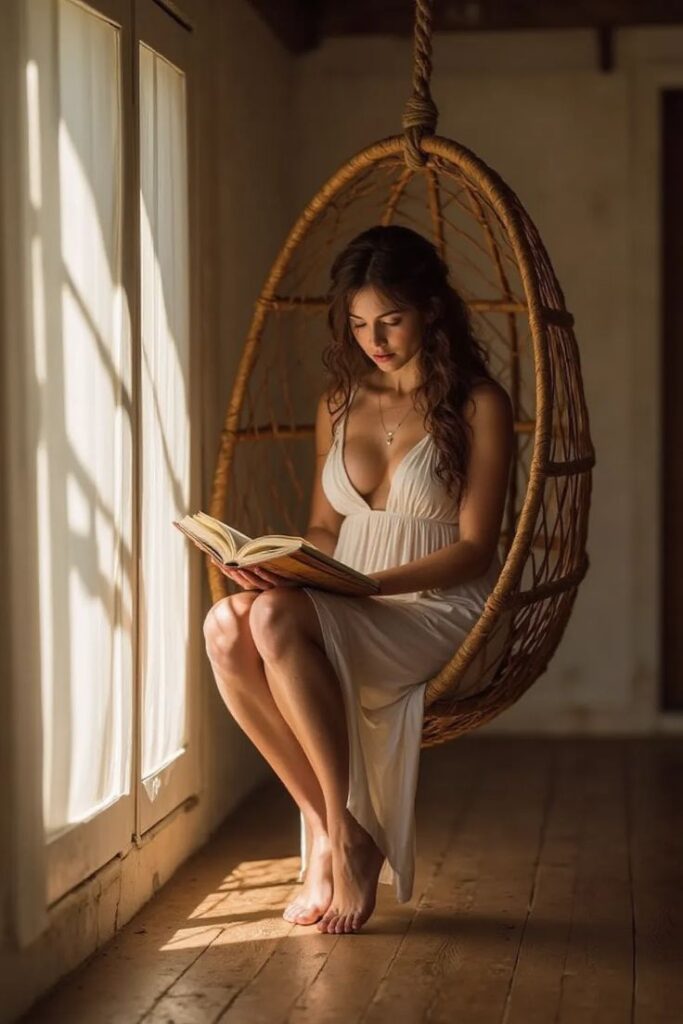
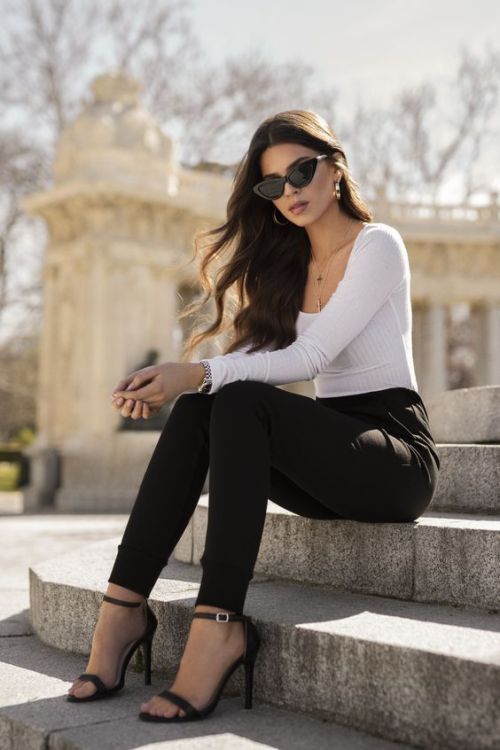
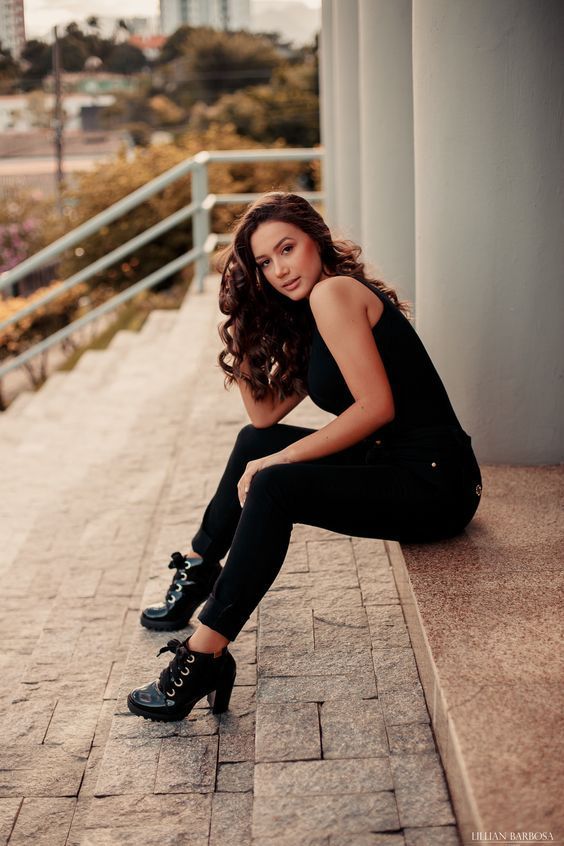
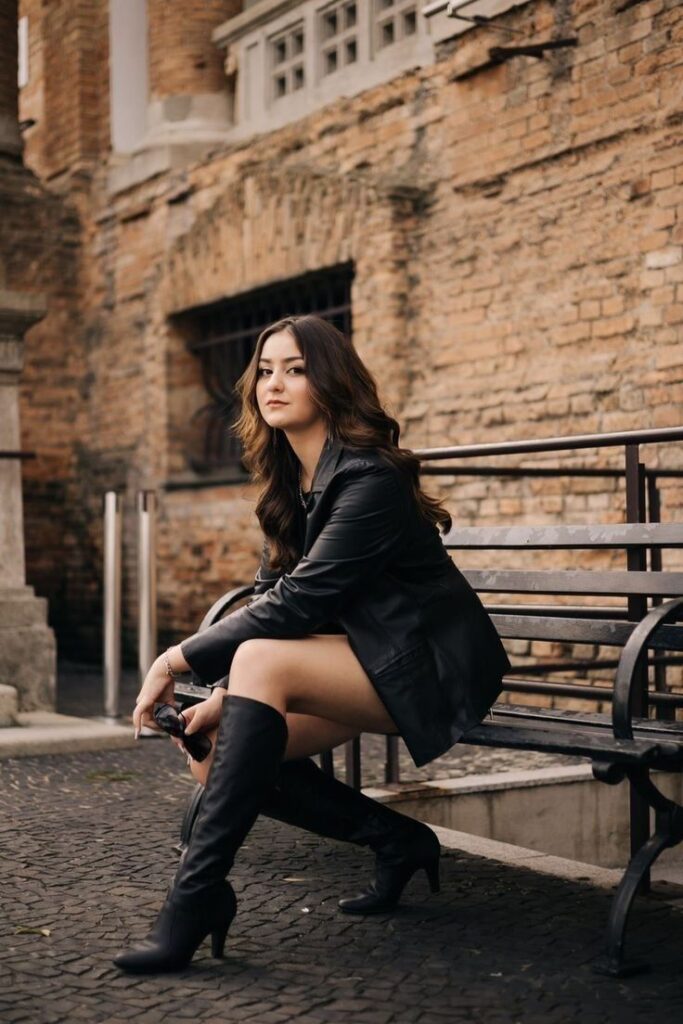
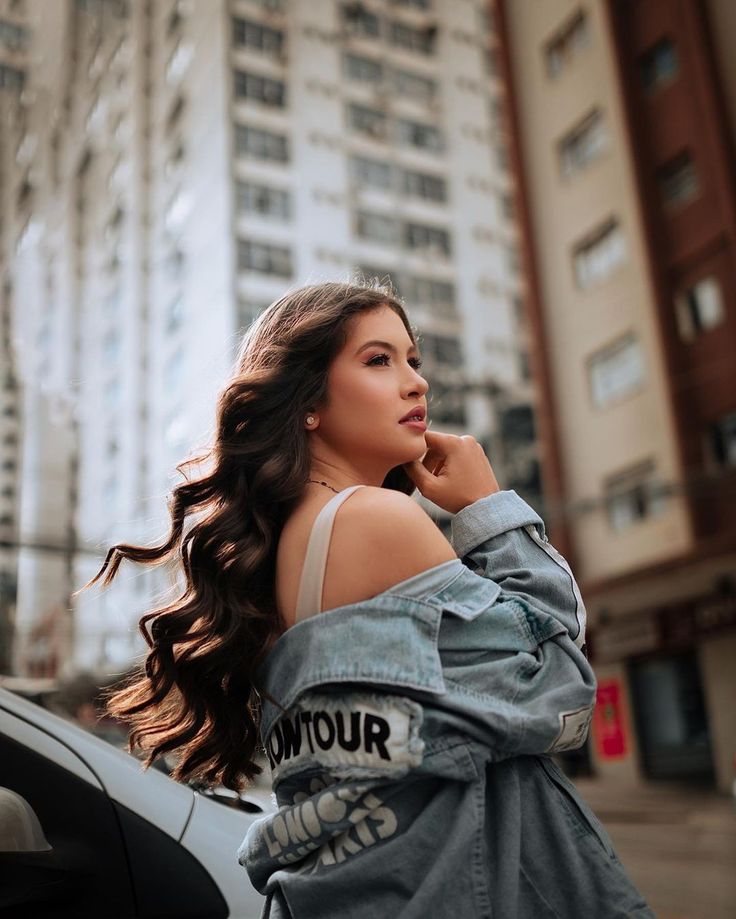
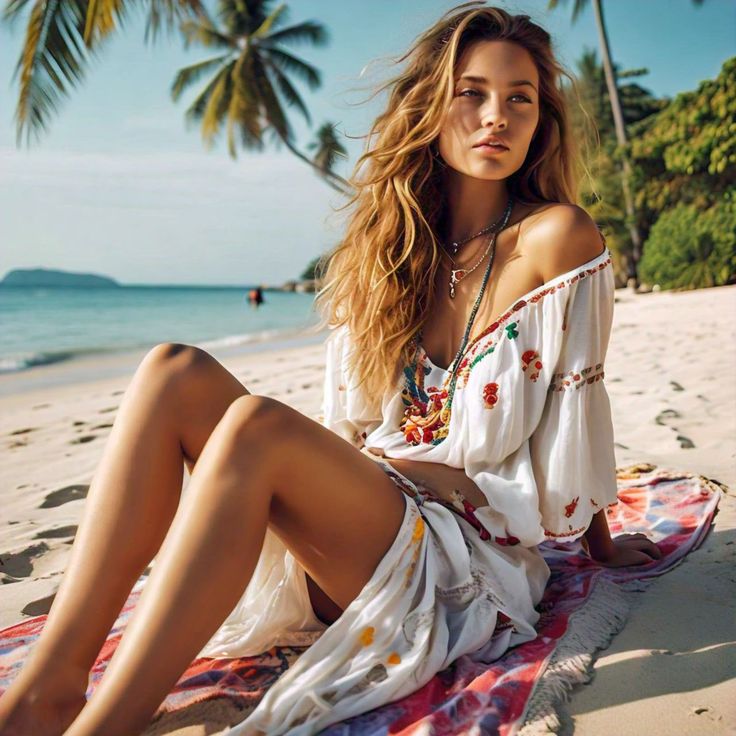
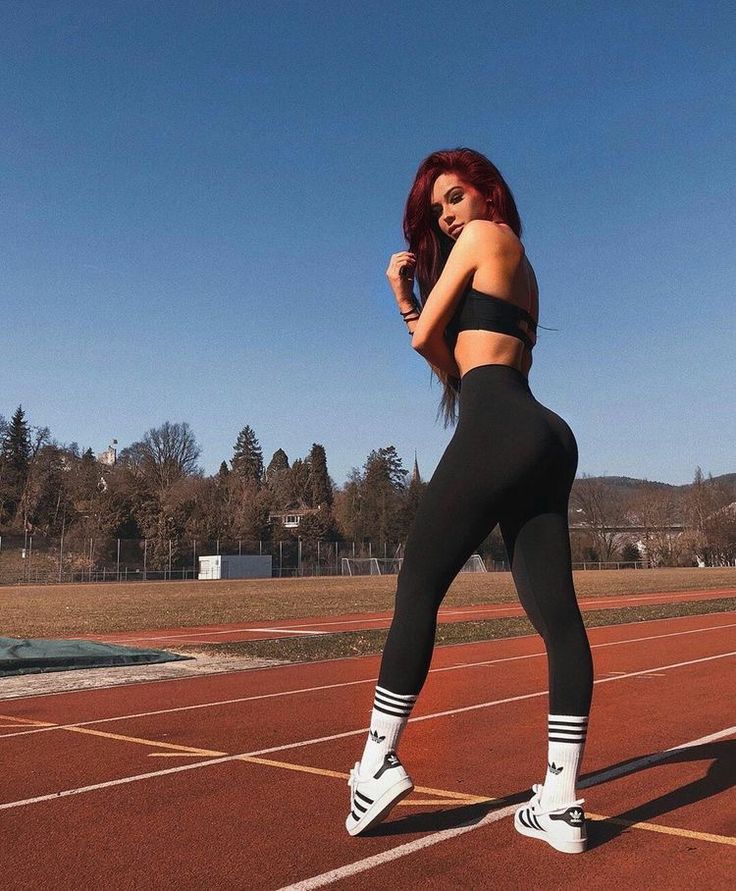
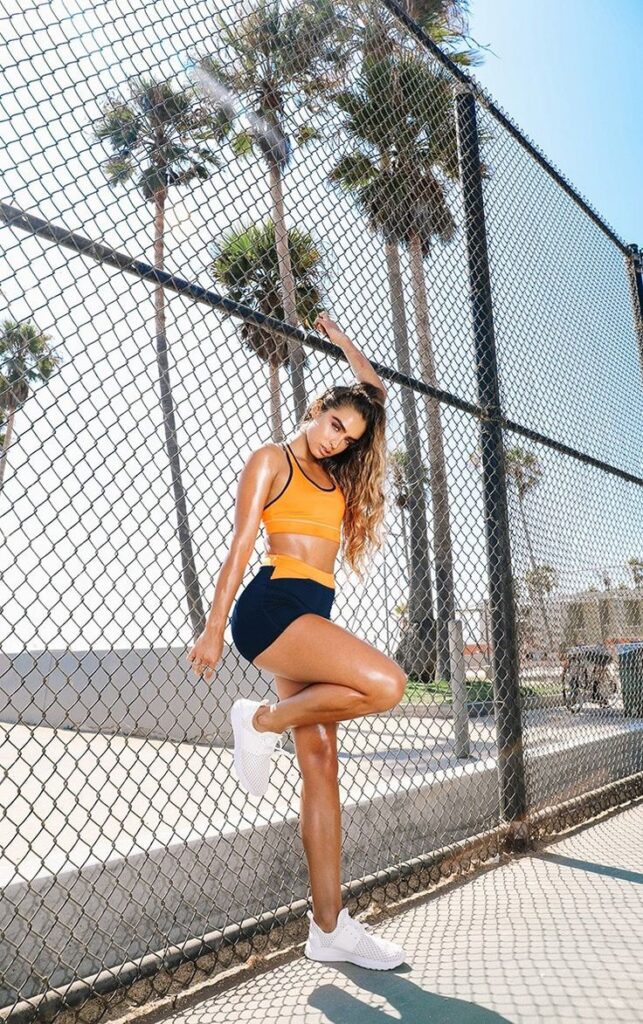
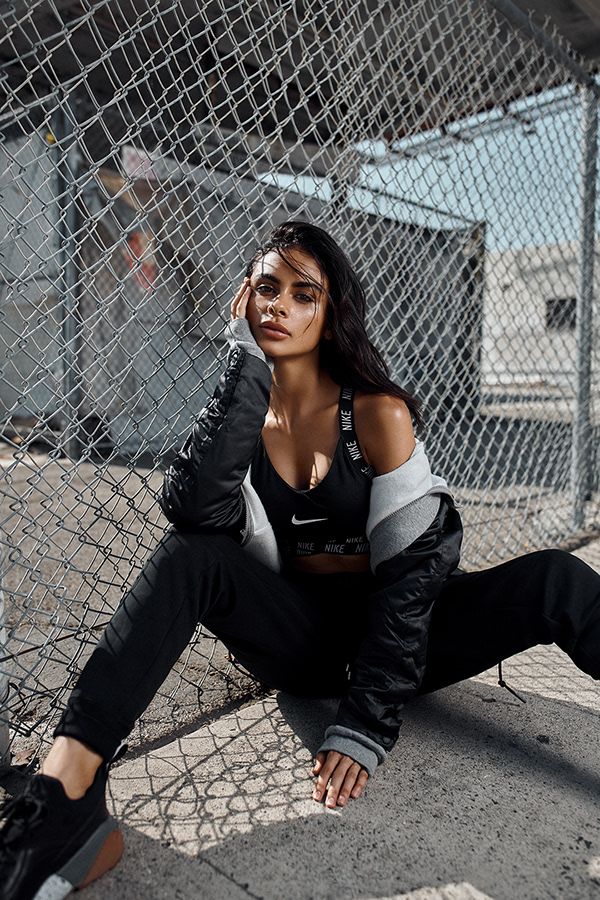
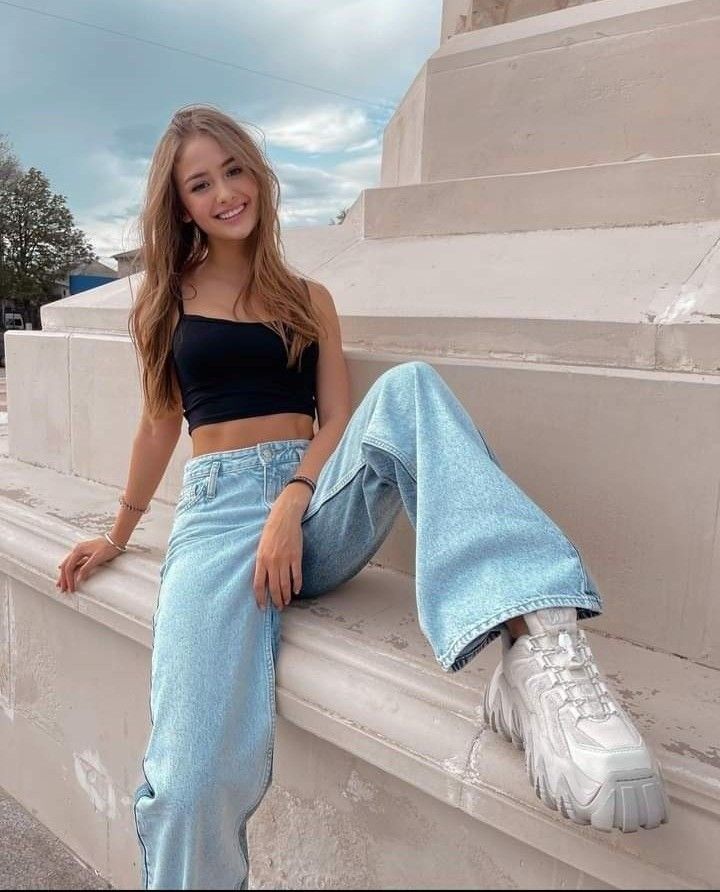

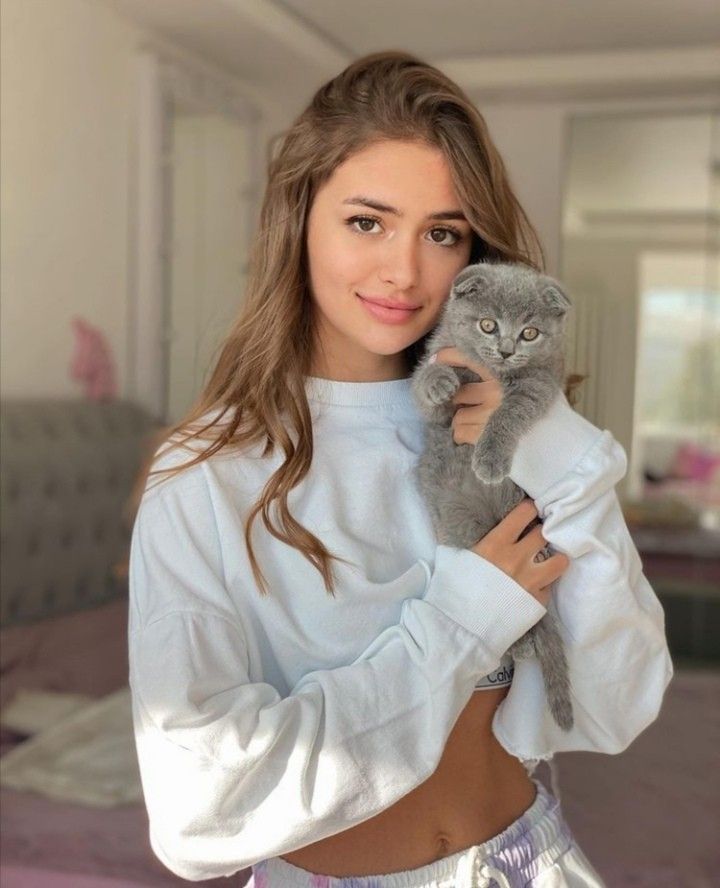
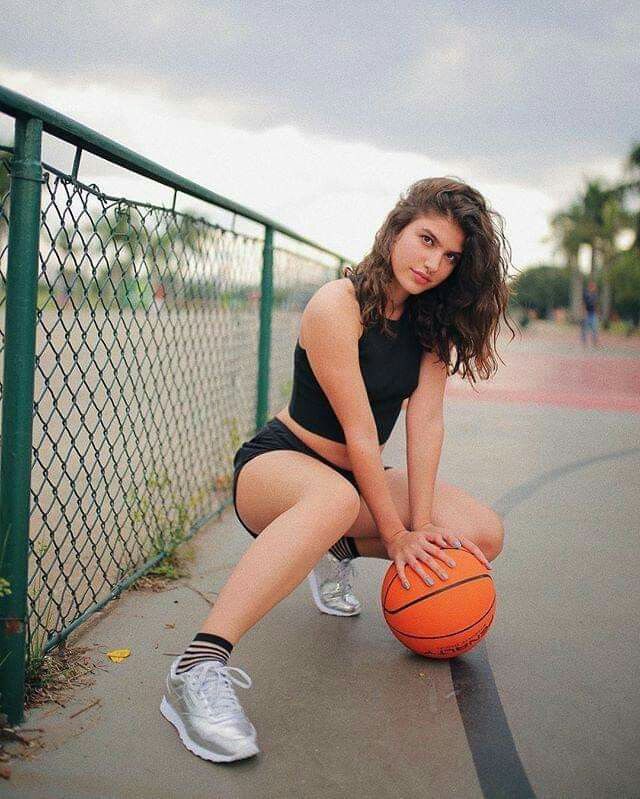
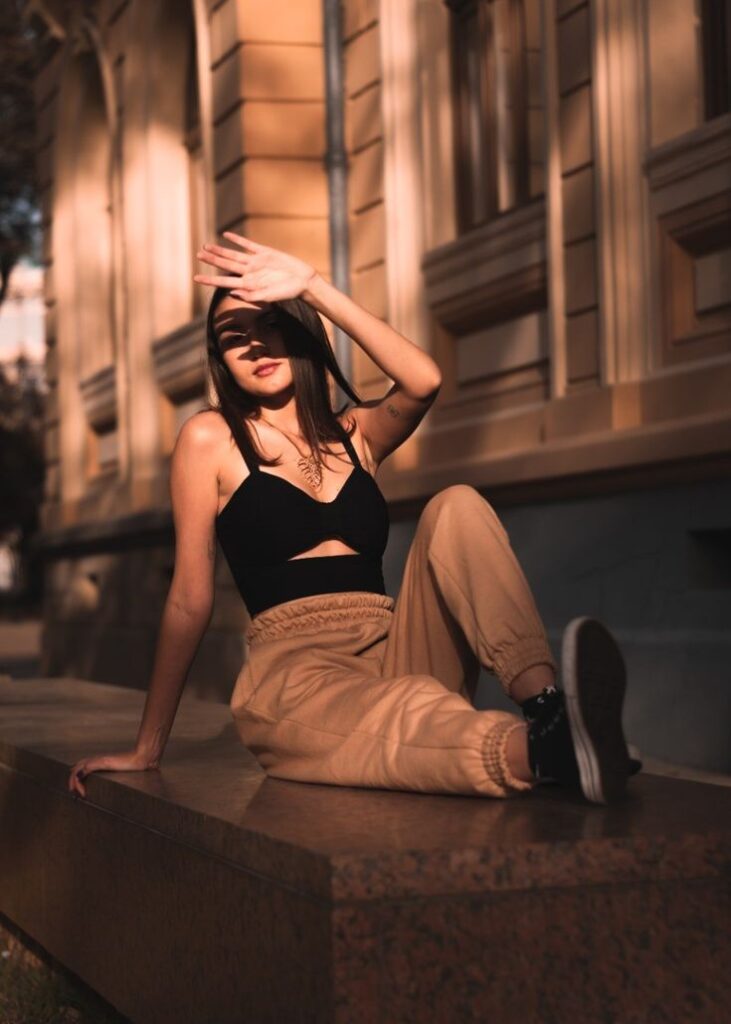

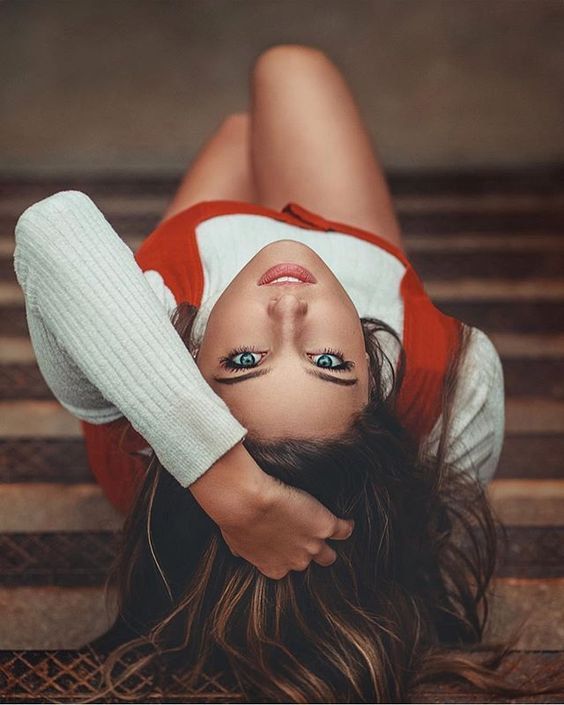

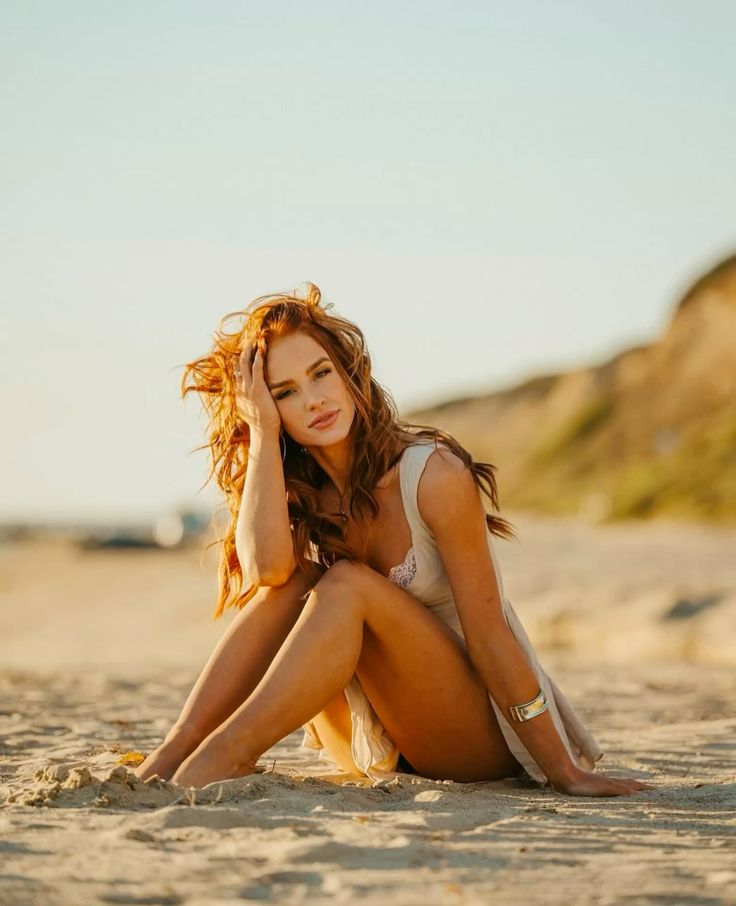
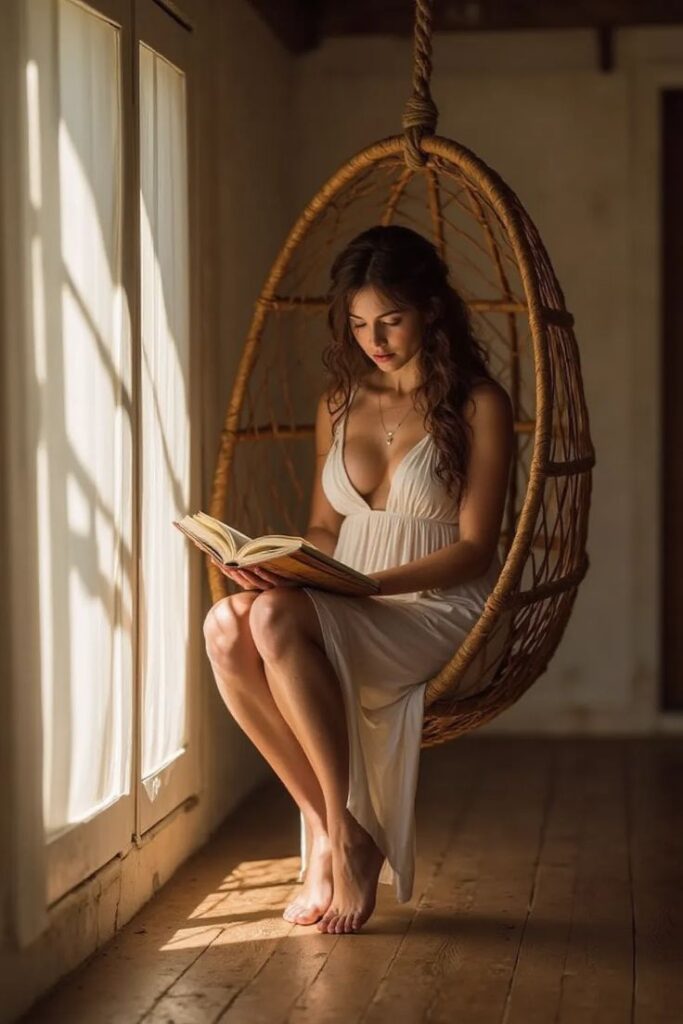
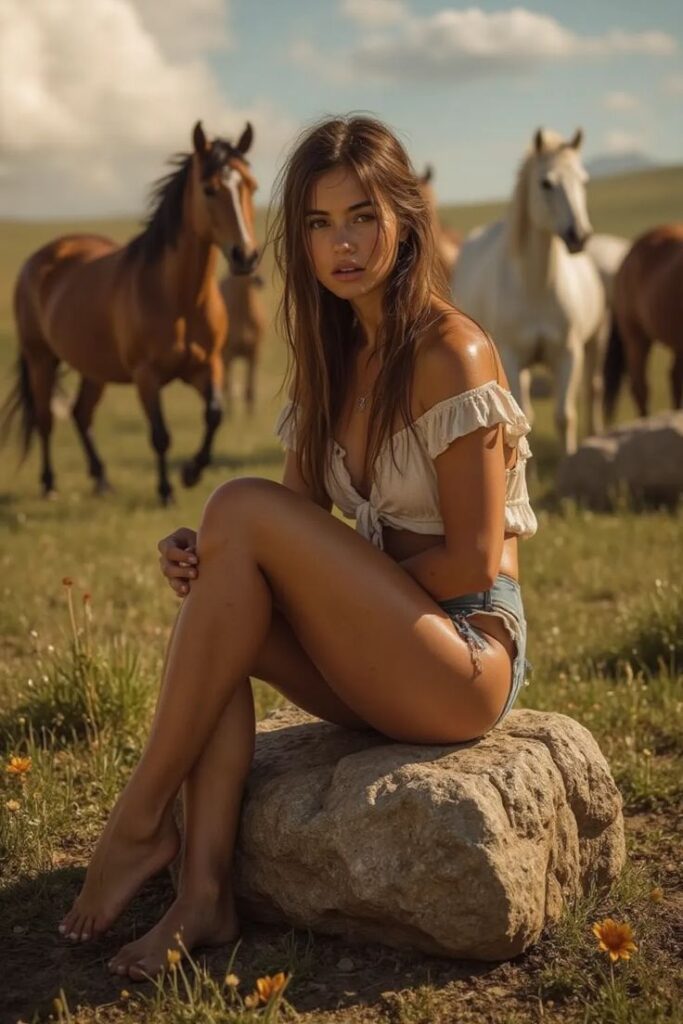

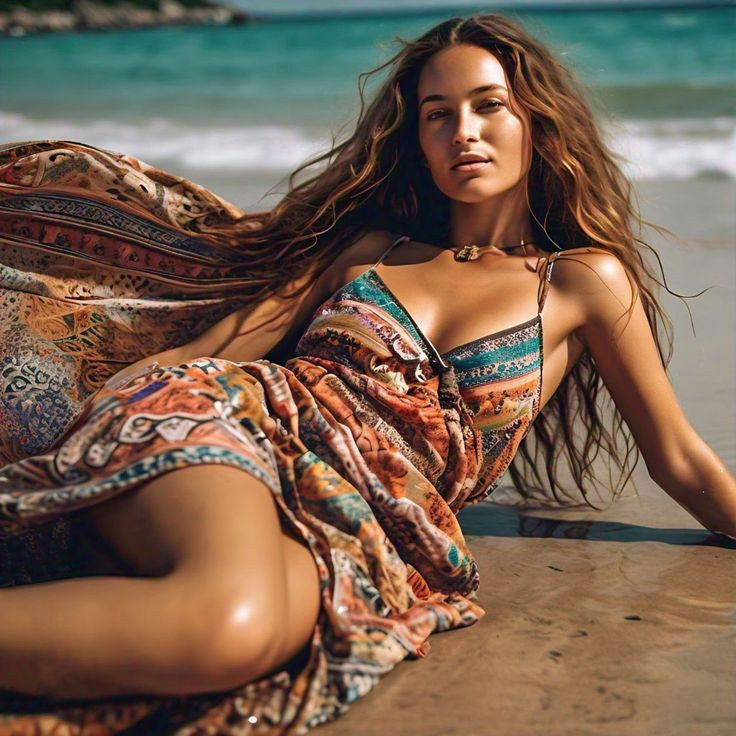
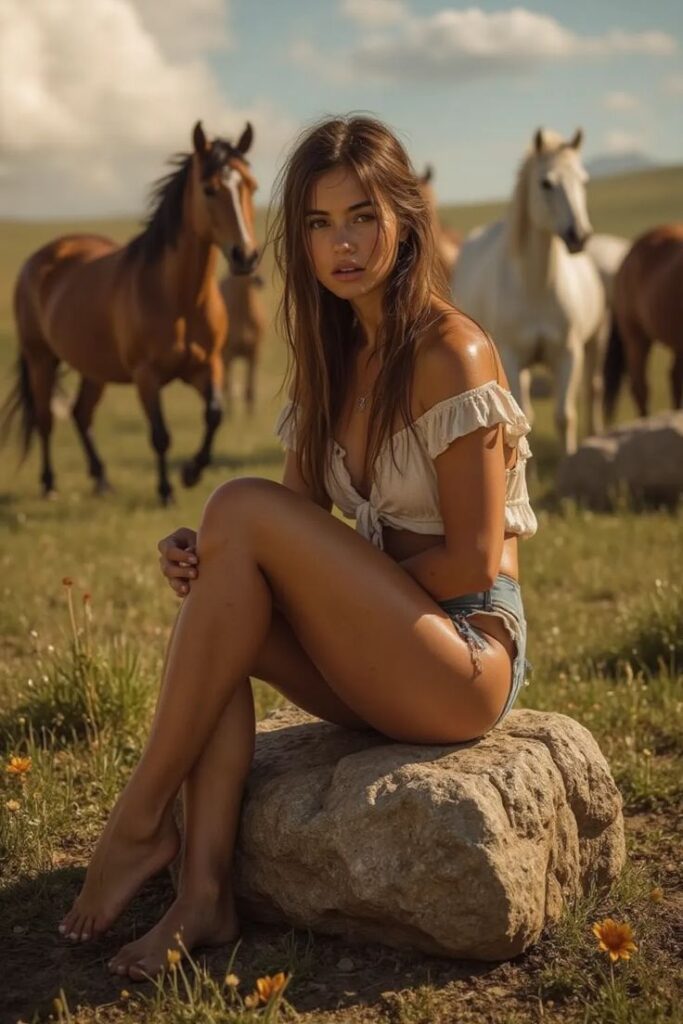
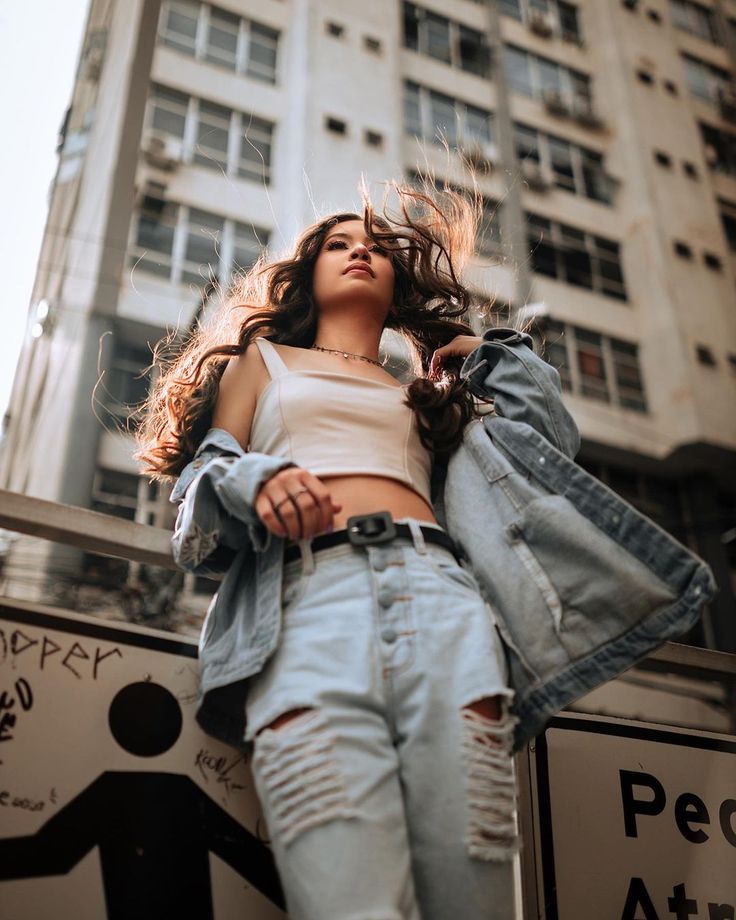
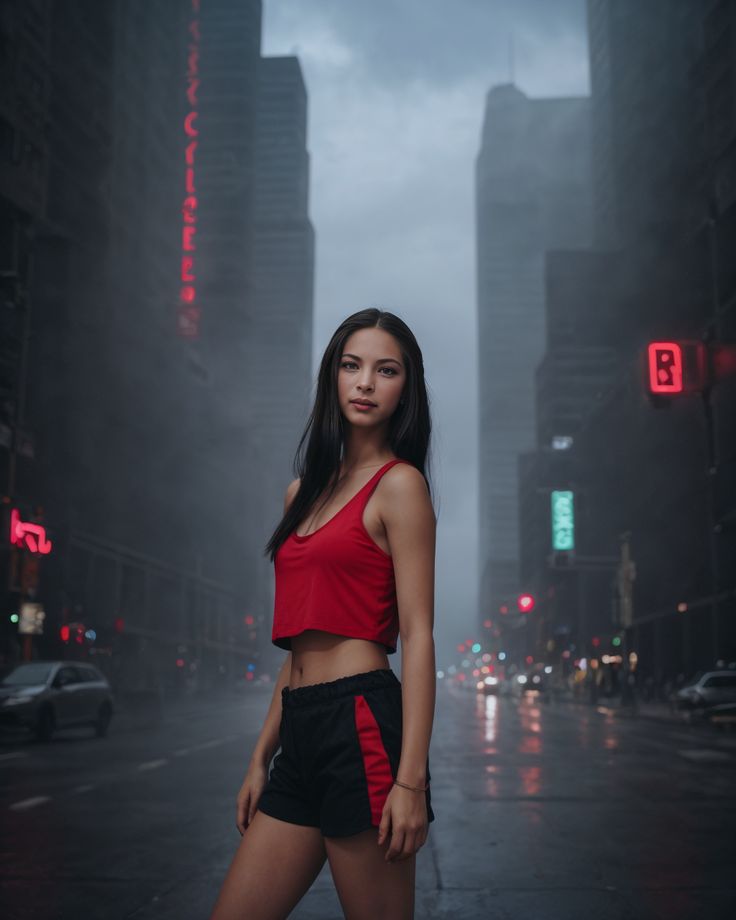
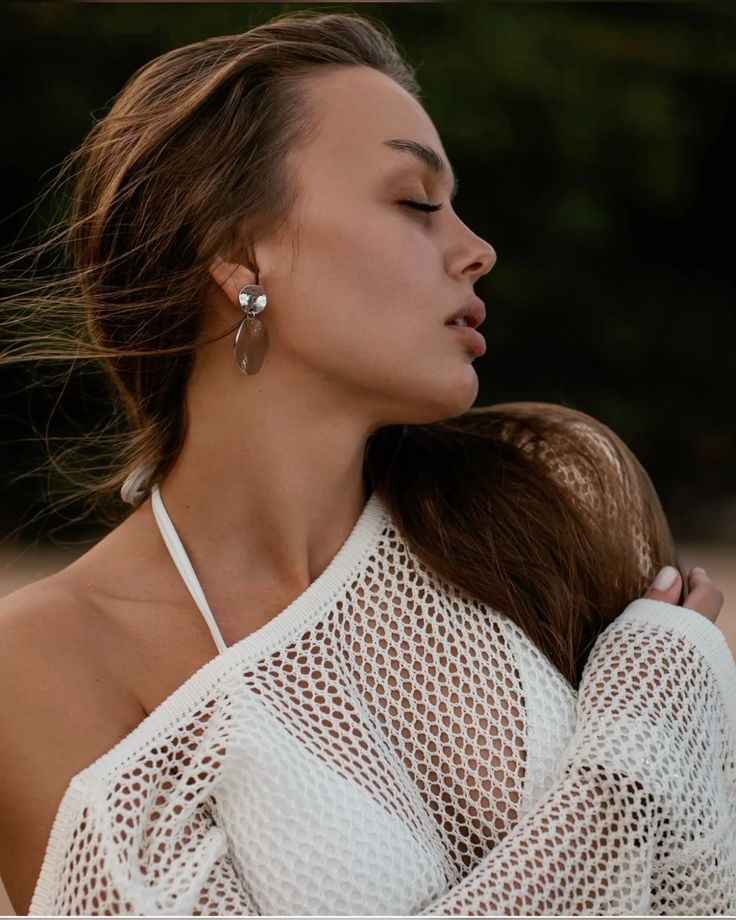
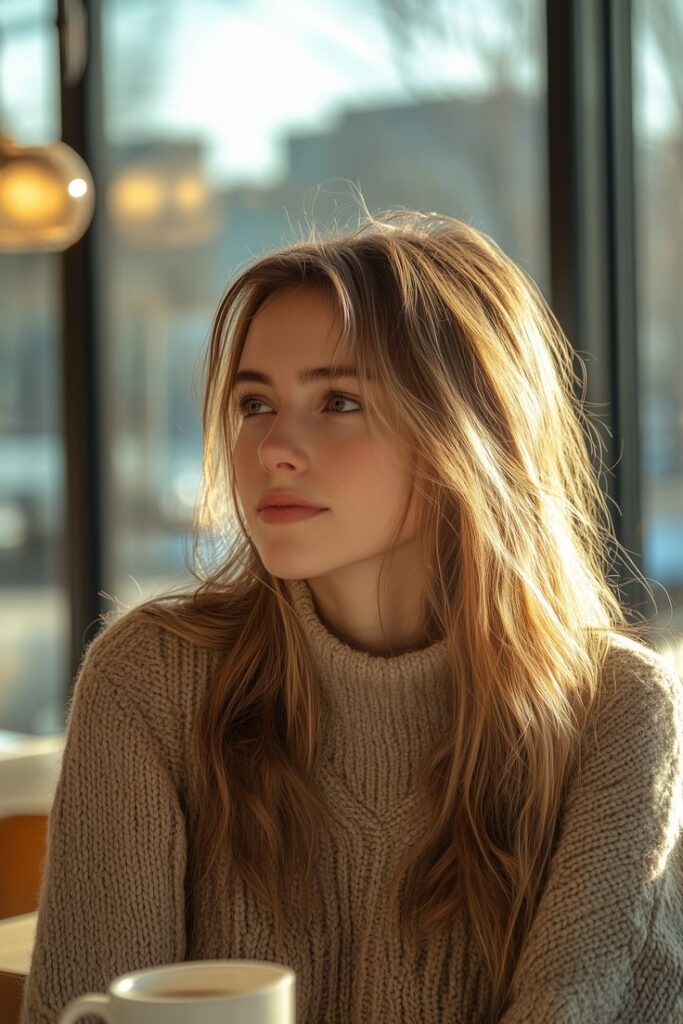
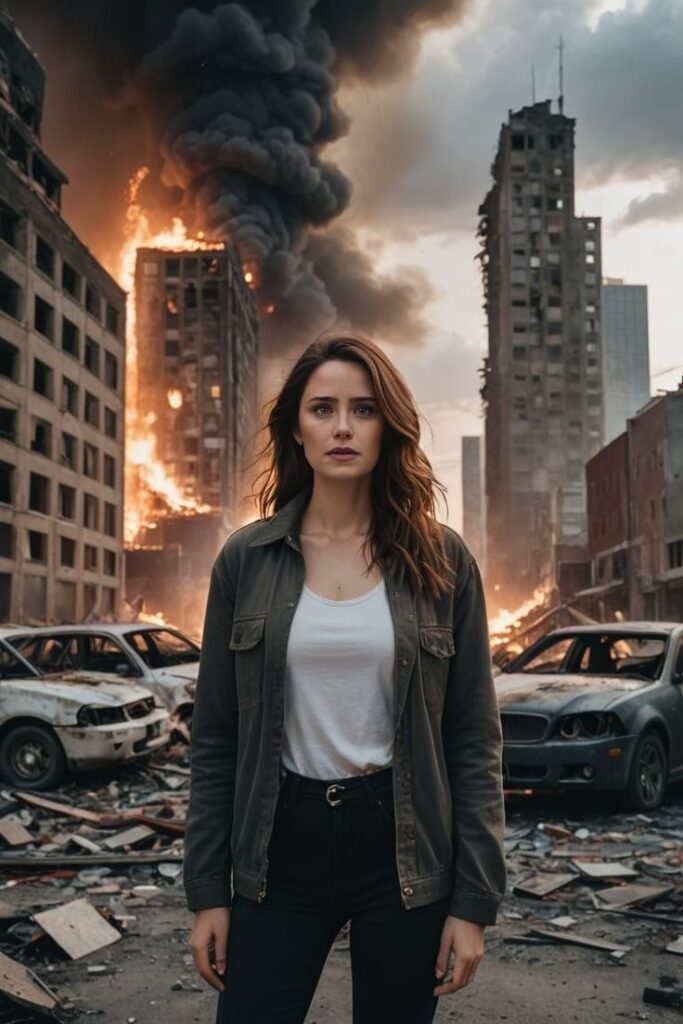
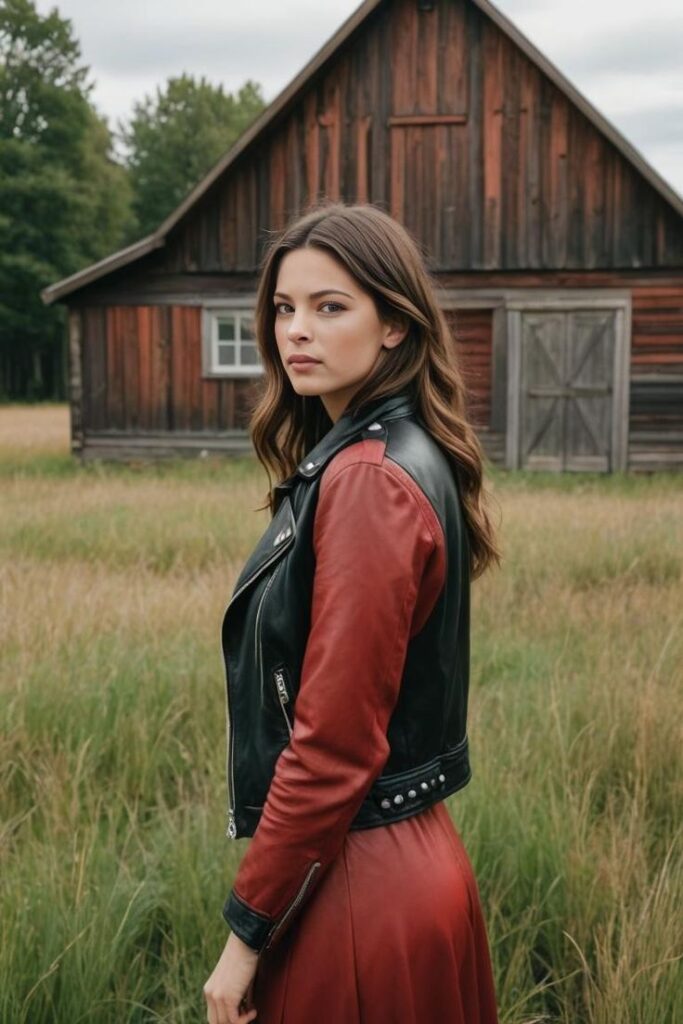

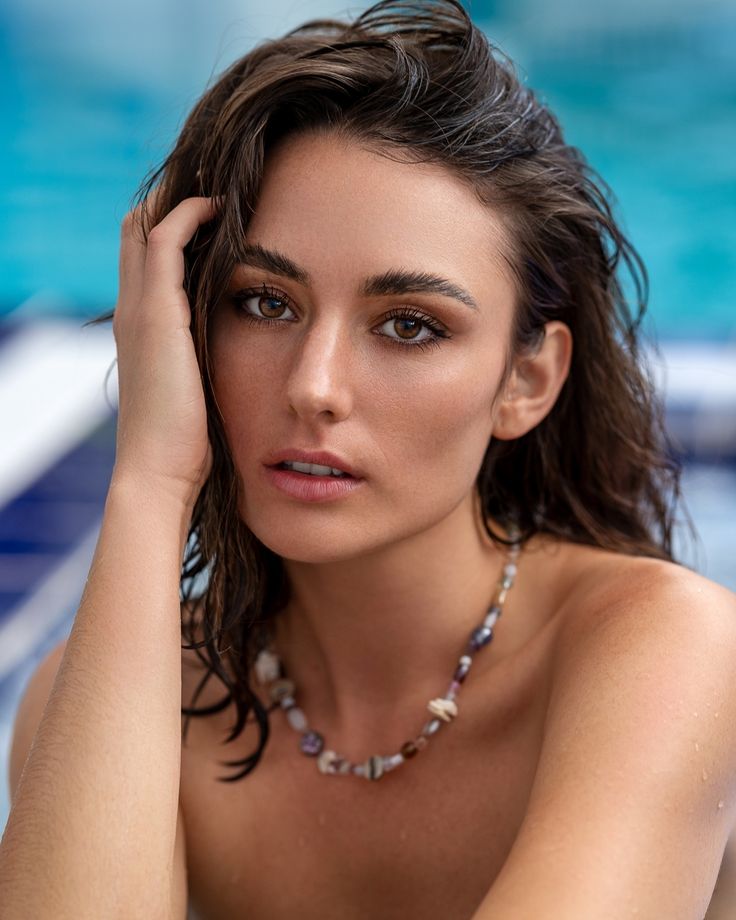
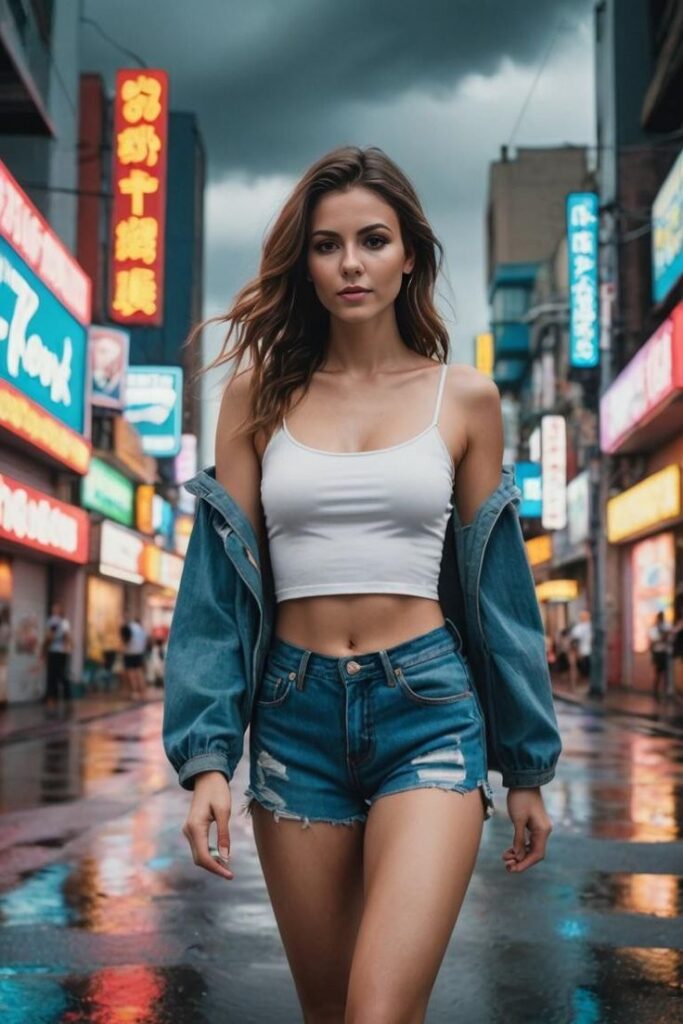
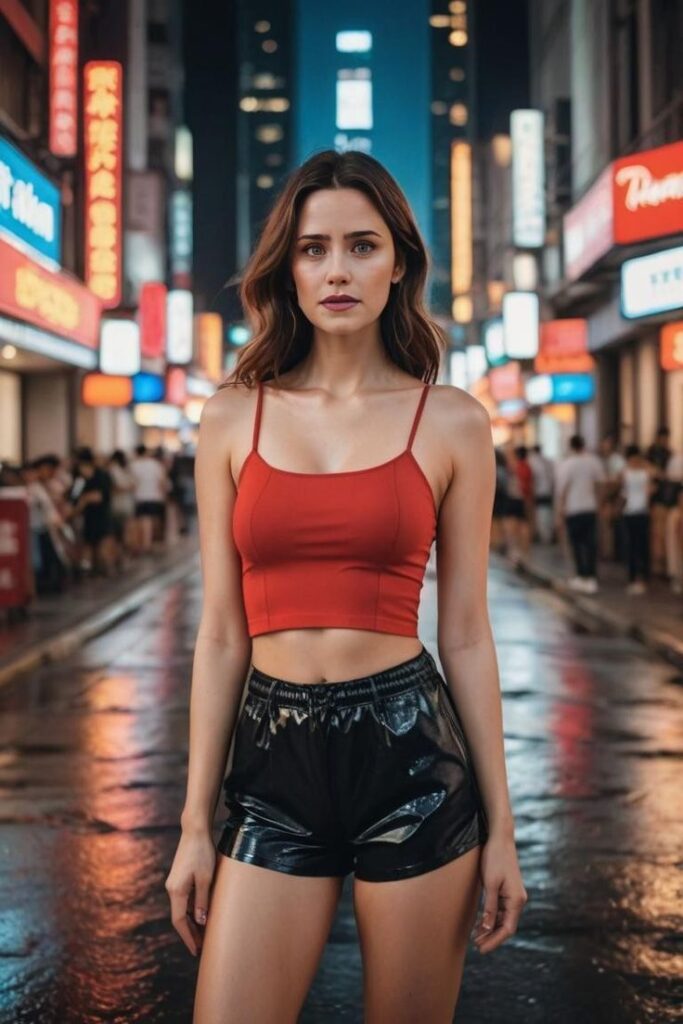
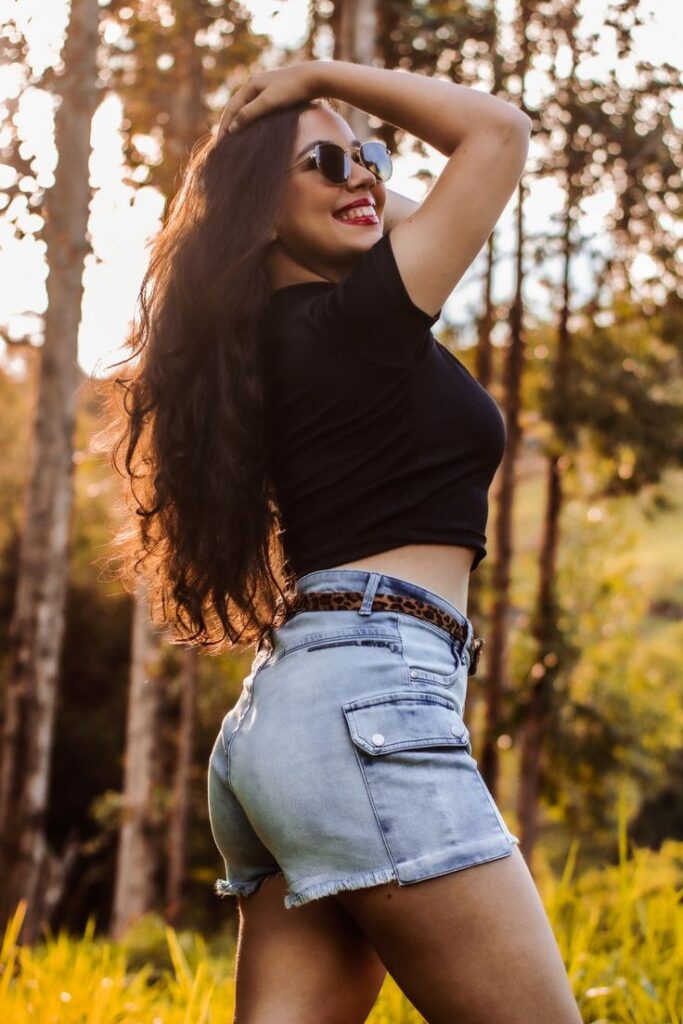
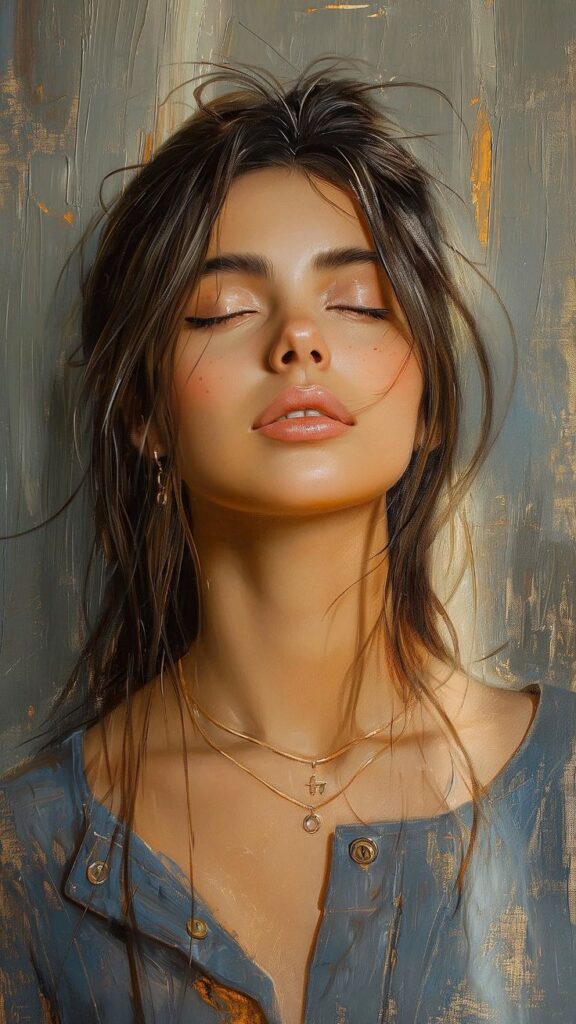
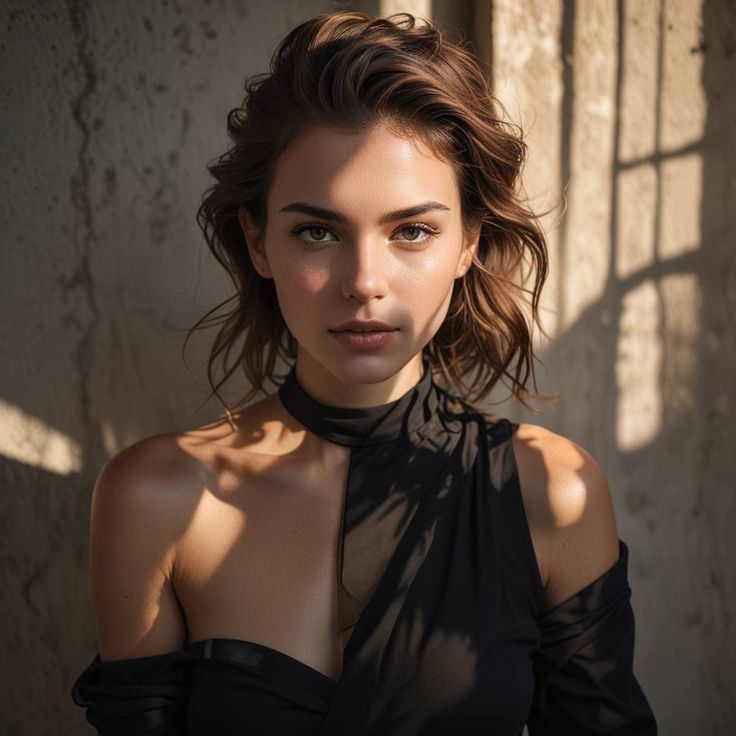

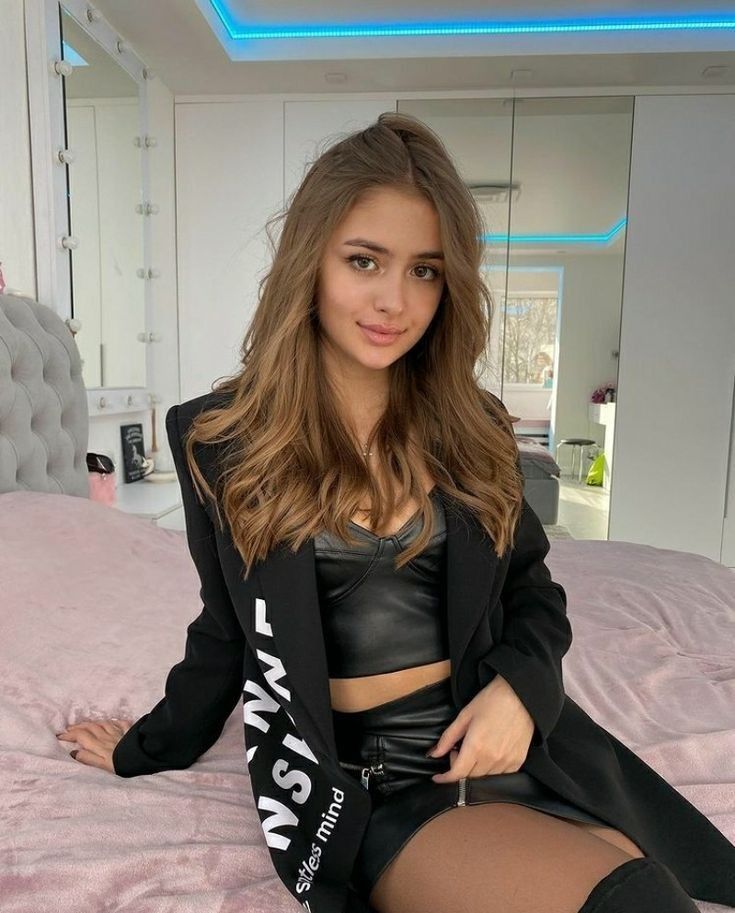
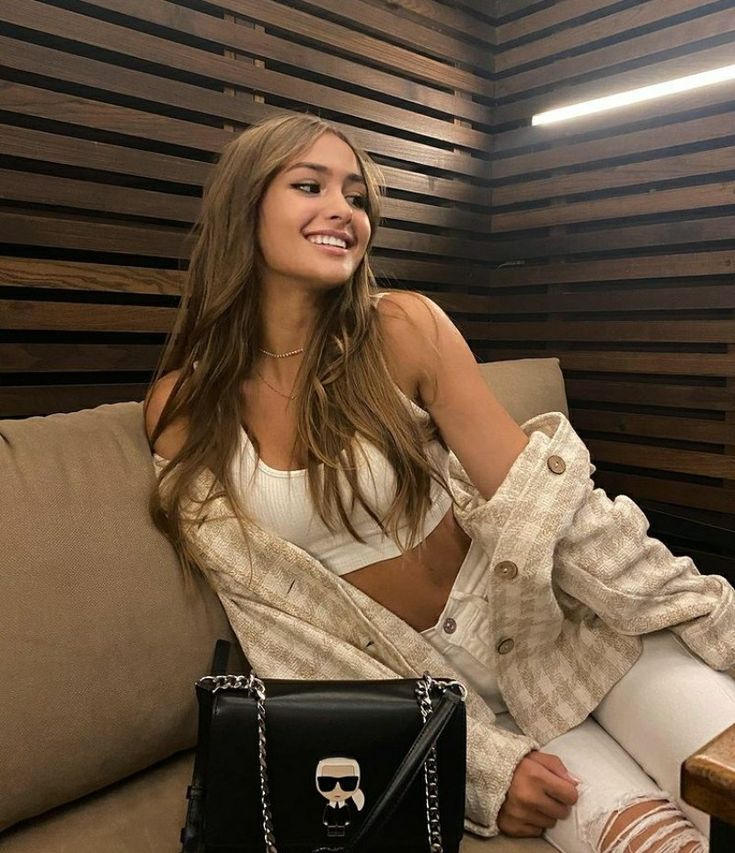
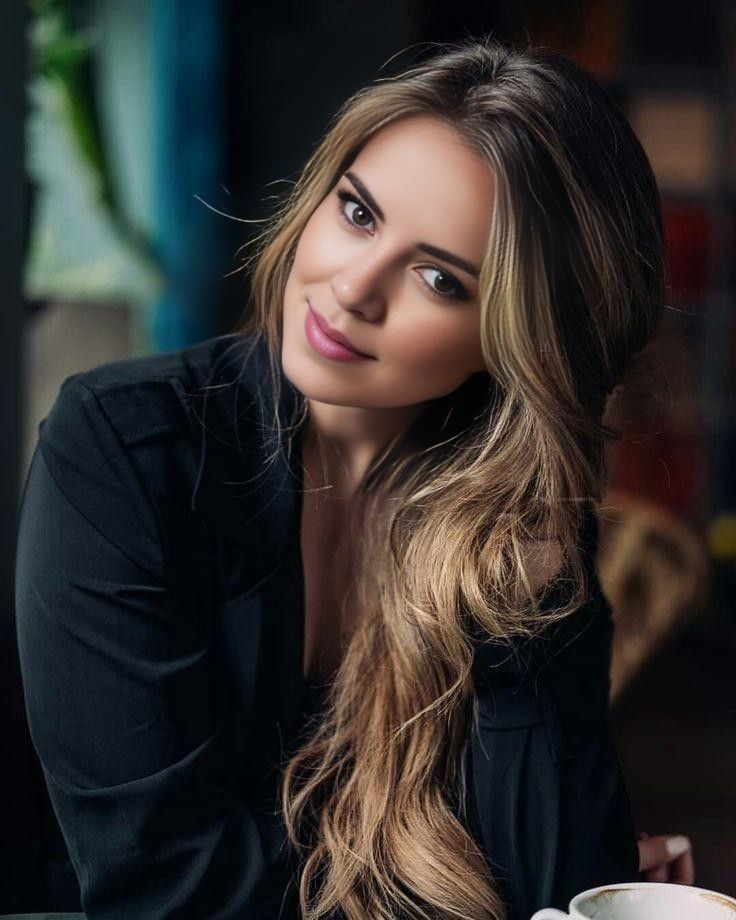
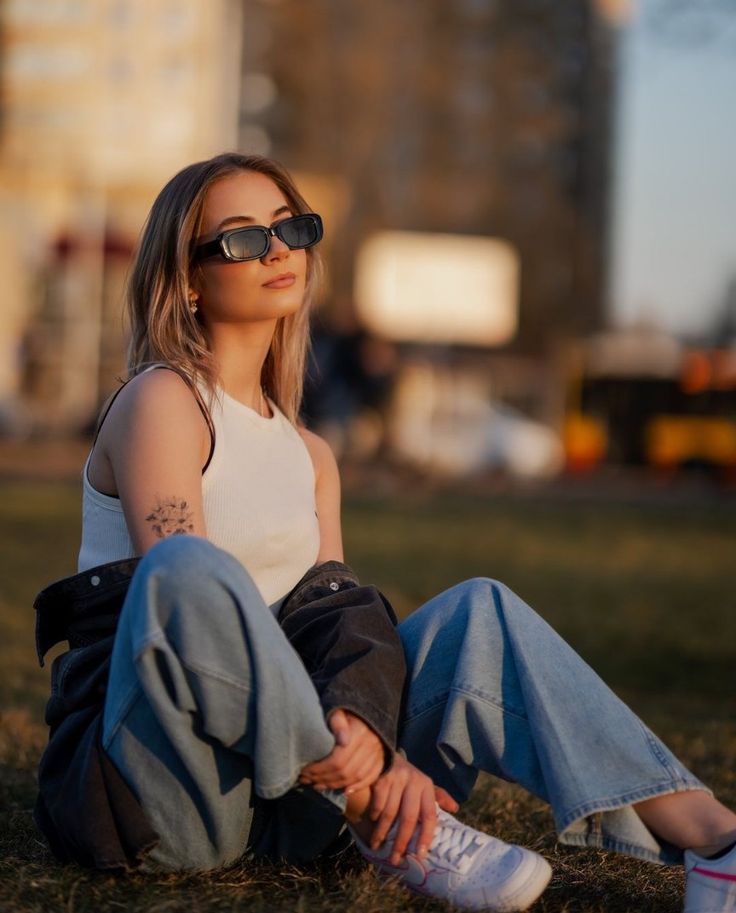

2. Best Locations for Capturing Rajasthani Turban Portraits
Jaipur: A Blend of Heritage and Modernity
- The markets and palaces of Jaipur offer great backdrops.
- Look for shopkeepers, musicians, and street performers wearing traditional turbans.
- Best spots: Johari Bazaar, Amber Fort, and Hawa Mahal streets.
Jodhpur: The Blue City’s Contrasts
- The vibrant turbans stand out beautifully against Jodhpur’s blue walls.
- Visit Mehrangarh Fort for portraits of traditional guards.
- Step into Sardar Market for candid shots of vendors.
Pushkar: The Spiritual and Colorful Hub
- The Pushkar Camel Fair is a goldmine for portrait photographers.
- Capture farmers, traders, and musicians in vibrant headwear.
- Experiment with silhouettes against the lake during sunset.
Jaisalmer: The Desert’s Golden Light
- The Thar Desert creates dramatic lighting for portraits.
- Capture camel herders and folk dancers in traditional turbans.
- Use the golden dunes as a stunning contrast to bold fabrics.
Rural Rajasthan: The Heart of Authentic Portraits
- Visit villages like Barmer and Bundi for intimate, close-up portraits of farmers and artisans.
- Engage with elders whose turbans carry generations of stories.
- Capture daily life, from milking cattle to temple visits.
3. Techniques for Capturing Stunning Portraits of Rajasthani Turbans
Lighting: Enhancing Depth and Texture
- Golden hour (early morning or late afternoon) enhances the rich fabric colors.
- Use side lighting to bring out fabric textures and facial contours.
- For midday shots, find shade or diffused light to avoid harsh shadows.
Composition: Creating a Powerful Frame
- Use leading lines like alleyways or archways to draw attention to the subject.
- Capture tight close-ups to focus on facial expressions and turban details.
- Include cultural elements like temples, carts, or camels in the background.
Lens Choices: Capturing Detail and Emotion
- 50mm prime lens – Perfect for capturing intimate, candid portraits.
- 85mm portrait lens – Best for isolating subjects with a creamy background.
- 24-70mm zoom lens – Ideal for switching between close-ups and wider environmental portraits.
Using Colors to Your Advantage
- Complementary colors like turquoise walls and red turbans create striking contrast.
- Earthy backgrounds, like sandstone forts, make turbans pop.
- Emphasize natural patterns and layers by adjusting saturation in post-processing.
4. Ethical and Respectful Photography Practices in Rajasthan
Building Trust with Your Subjects
- Start a conversation before raising your camera.
- Compliment their attire and ask about their turban’s significance.
- Show them their photo and offer to send them a copy.
When and How to Ask for Permission
- In public spaces, candid shots are fine, but always ask before close-ups.
- Offer a small print or digital copy as a gesture of respect.
Dos and Don’ts in Cultural Photography
✔ Do: Respect personal space.
✔ Do: Understand the cultural significance of turbans before asking questions.
✖ Don’t: Treat people as props; they are individuals with stories.
✖ Don’t: Disrupt religious or private moments.
5. Editing and Post-Processing: Bringing Out the Vibrancy of Rajasthani Turbans
Color Grading for Impactful Images
- Enhance reds, oranges, and yellows while keeping skin tones natural.
- Adjust contrast to make patterns and textures pop.
- Reduce highlights for a balanced exposure in harsh desert light.
Retouching While Keeping Authenticity
- Clean up distractions but avoid excessive skin smoothing.
- Maintain the raw beauty of fabric folds and wrinkles.
6. Creating a Visual Story: The Final Portrait Series
A great portrait series should tell a story. Consider including:
- A wide shot of a marketplace with people in colorful turbans.
- A mid-shot of a craftsman tying a turban.
- A close-up highlighting the intricate folds and textures.
- A black-and-white image focusing on expressions and lines.
Conclusion: Immortalizing Rajasthan’s Turban Culture Through Portrait Photography
Documenting Rajasthani turbans is more than just capturing beautiful fabric—it’s about storytelling, history, and cultural pride. As a portrait photographer, your role is to showcase these elements with authenticity, creativity, and respect.
From bustling markets to remote villages, Rajasthan offers endless opportunities to capture the soul of its people through their iconic turbans. So grab your camera, explore the Pink City, the Golden Desert, and the Blue alleys of Jodhpur, and let your portraits bring history to life.

Sony Alpha a7 IV: The Ultimate Camera for Photography
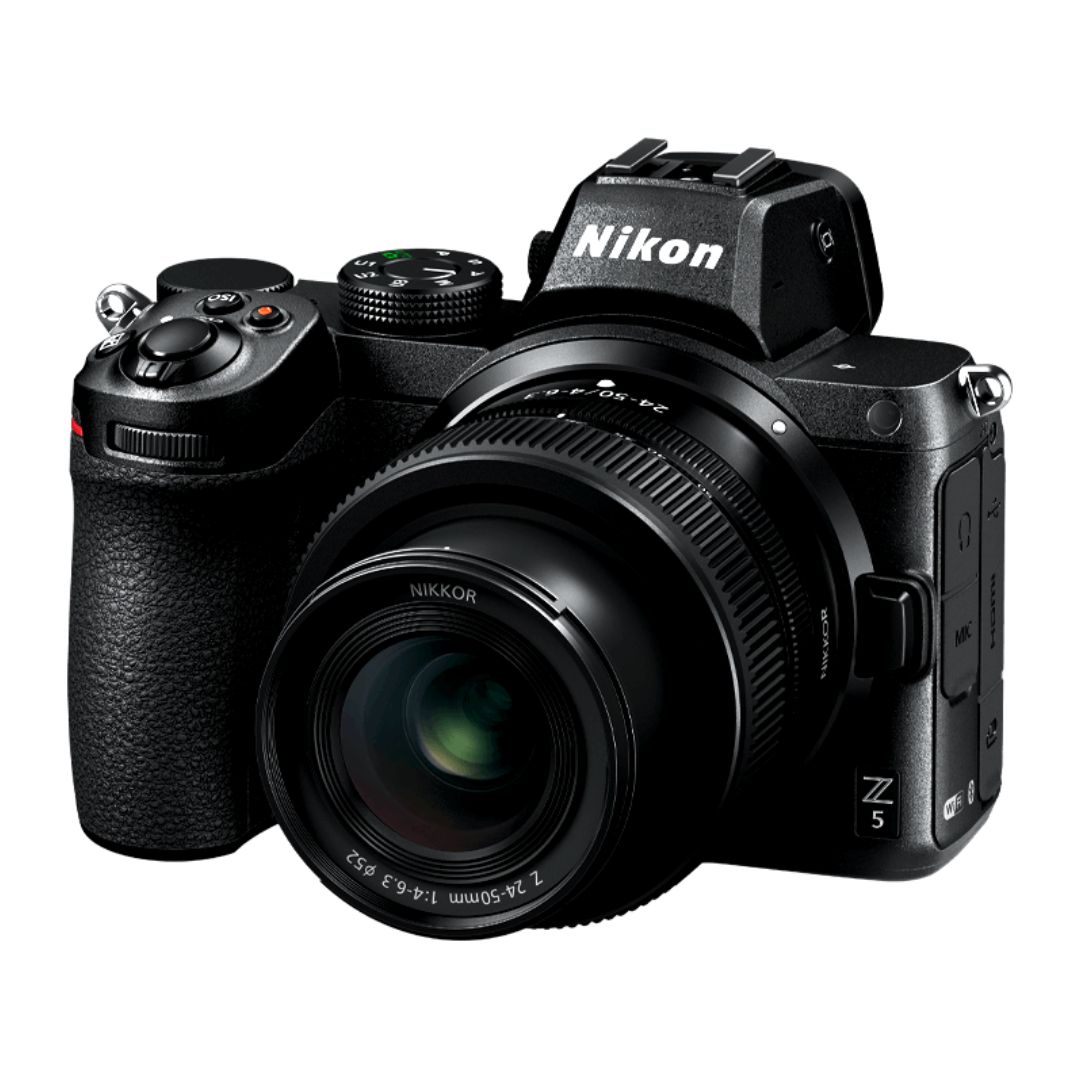
Nikon Z5 Review: Is It Worth It?
-
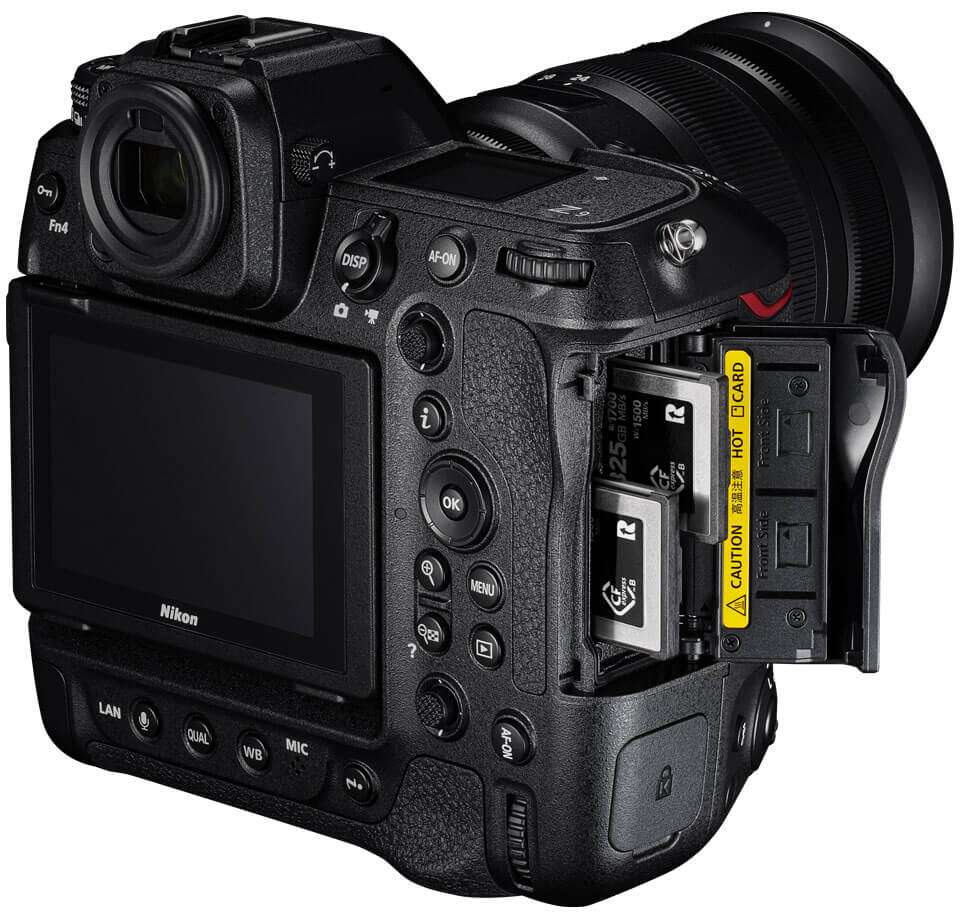
Nikon Z9 : Game-Changer for Photography
-

Top Features of Nikon D850 That Make It Ideal for Portfolio Shoots
Sony Alpha a7 IV: The Ultimate Camera for Photography
Explore the Sony Alpha a7 IV in this complete 2025 review. Learn how its pro-level features, real-world performance, and hybrid flexibility make it the ultimate camera for photography across genres like portraits, weddings, travel, and commercial work. Table of Contents Section 1: Introduction – Why the Sony Alpha a7 IV Stands Out The Sony Alpha…
Nikon Z5 Review: Is It Worth It?
In 2025, photographers—whether hobbyists, content creators, or professionals—seek equipment that blends value, performance, and future-readiness. Enter the Nikon Z5, a full-frame mirrorless camera marketed as a gateway to high-end imaging without a flagship price tag. But how well does it hold up under real-world demands like studio shoots, weddings, landscape adventures, and lifestyle photography? In…
Nikon Z9 : Game-Changer for Photography
Discover why the Nikon Z9 is considered a true game-changer for photography. This in-depth Nikon Z9 review explores key features, real-world performance, and how it excels in professional photo shoots in 2025. Table of Contents 1. Introduction The photography world witnessed a significant shift with the launch of the Nikon Z9, a flagship mirrorless camera…
Top Features of Nikon D850 That Make It Ideal for Portfolio Shoots
Discover why the Nikon D850 is the ultimate DSLR for portfolio shoots. Explore its top features—from resolution and dynamic range to autofocus precision and workflow speed—that help photographers create stunning, high-impact images for professional portfolios. Whether you’re a portrait artist, fashion photographer, or visual storyteller, a portfolio shoot demands technical excellence, creative flexibility, and uncompromised…
Candid Moments with Canon EOS R10: Lightweight & Reliable
In the evolving world of mirrorless photography, the Canon EOS R10 stands out as a lightweight yet powerful camera tailored for real-life storytelling. Whether you’re photographing street scenes, family gatherings, weddings, or spontaneous portraits, capturing genuine emotion requires a responsive and discreet tool. This article dives deep into how the Canon EOS R10 excels in…
Bold Portraits with Canon EOS R5: Is It the Best for Work?
Studio photography has always demanded precision, artistry, and impeccable gear. As the expectations for commercial portraits, fashion campaigns, and editorial work continue to rise, the tools we use must evolve. Enter the Canon EOS R5, a camera that has stirred the professional waters with its impressive technical specs and forward-thinking design. In this comprehensive Canon…

